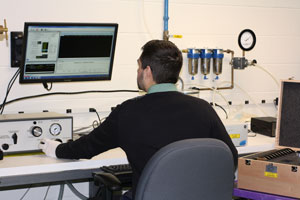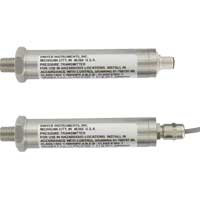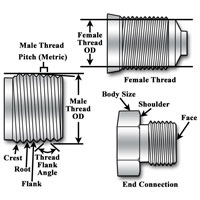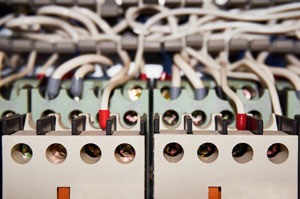Calibration is the comparison and adjustment of a reading from an instrument in correlation with the reading of a higher accuracy piece of equipment. The overall goal of this process is to minimize measurement uncertainty and ensure the accuracy of an instrument.
in correlation with the reading of a higher accuracy piece of equipment. The overall goal of this process is to minimize measurement uncertainty and ensure the accuracy of an instrument.
Intrinsically Safe Products for Hazardous Locations

When considering a product for a hazardous location, it is important that the product is appropriately rated for that environment. UL, one of the primary bodies that certifies products for use in hazardous environments, defines a hazardous location as a “location where explosion or fire hazards exist due to the presence of flammable gases, flammable or combustible liquid-produced vapors, combustible dusts, or ignitable fibers or flyings.”[1] Figure 1 shows the conditions that are required to create fire and are often present in hazardous environments: oxygen, an ignition source, and flammable material. Continue reading “Intrinsically Safe Products for Hazardous Locations”
U.S. and International Threaded Connection Standards
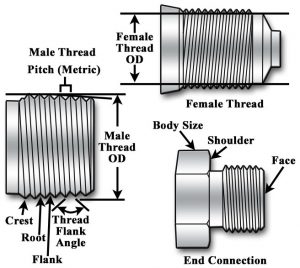
Threaded connections are often referred to as a process connection type. For Dwyer product specifications, this connection type is typically NPT (National Pipe Thread), which is an American standard thread. These connections allow products to be installed directly into piping or with the use of threaded fittings.
For threaded connections there are two common types, (1) straight or parallel thread and (2) tapered thread. Continue reading “U.S. and International Threaded Connection Standards”
What Are Intermediate Relays and How Are They Implemented?
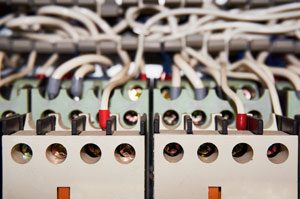 Intermediate relays are crucial in the proper function and operation of several varieties of power equipment, be it in mobile refrigeration or a simple pump application. But what are intermediate relays, and how are they implemented? Continue reading “What Are Intermediate Relays and How Are They Implemented?”
Intermediate relays are crucial in the proper function and operation of several varieties of power equipment, be it in mobile refrigeration or a simple pump application. But what are intermediate relays, and how are they implemented? Continue reading “What Are Intermediate Relays and How Are They Implemented?”
Analog vs. Digital Device Signals
 In today’s industry, the number of device output signals continues to grow. Each signal is different; so how do you figure out which one is right for your application? The easiest way to hone-in on the correct signals for your application is to decide whether you want a digital communication signal or an analog signal. Continue reading “Analog vs. Digital Device Signals”
In today’s industry, the number of device output signals continues to grow. Each signal is different; so how do you figure out which one is right for your application? The easiest way to hone-in on the correct signals for your application is to decide whether you want a digital communication signal or an analog signal. Continue reading “Analog vs. Digital Device Signals”

